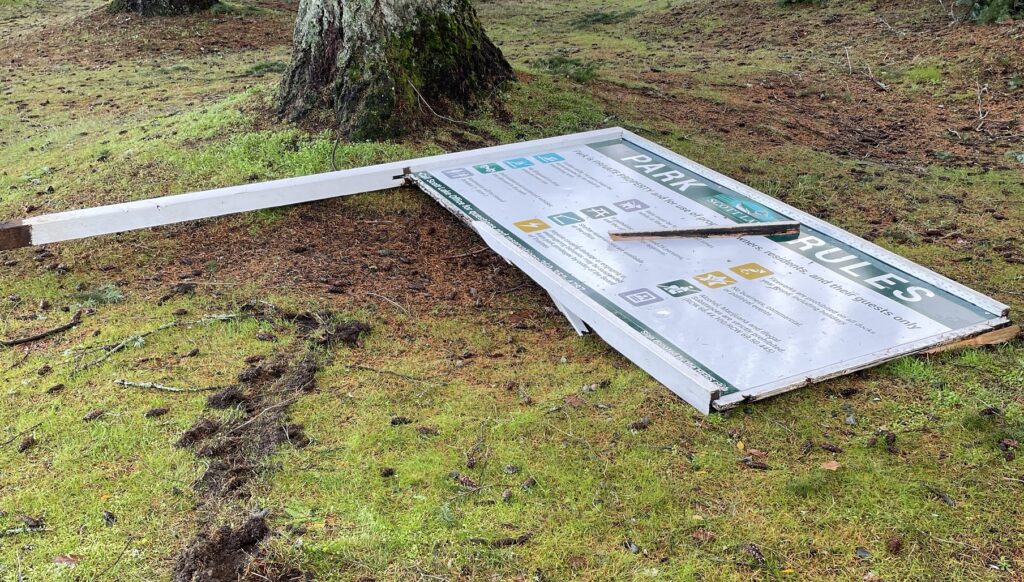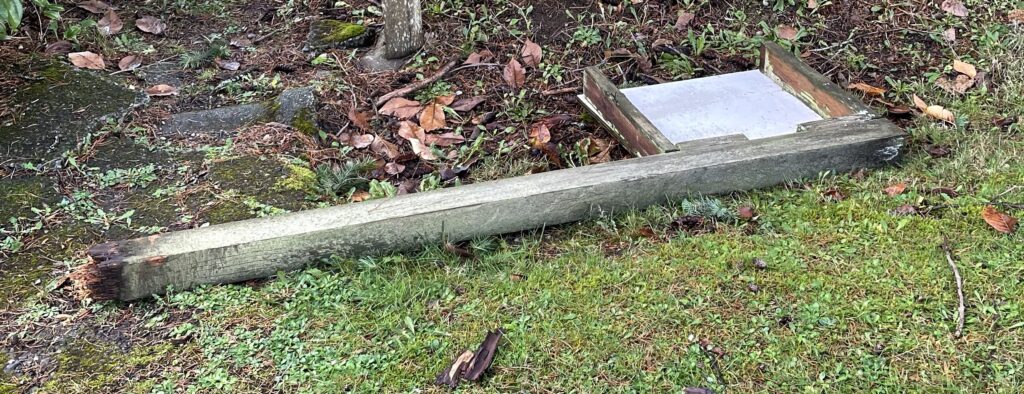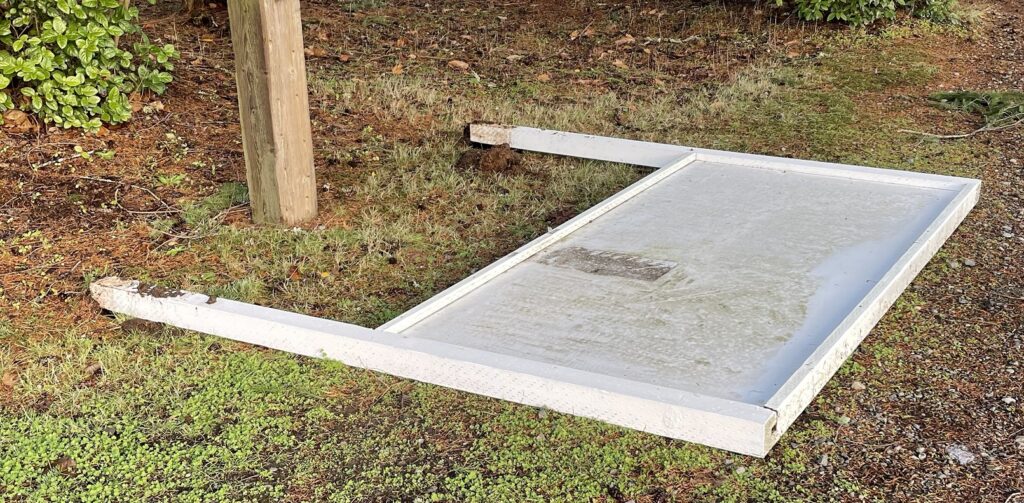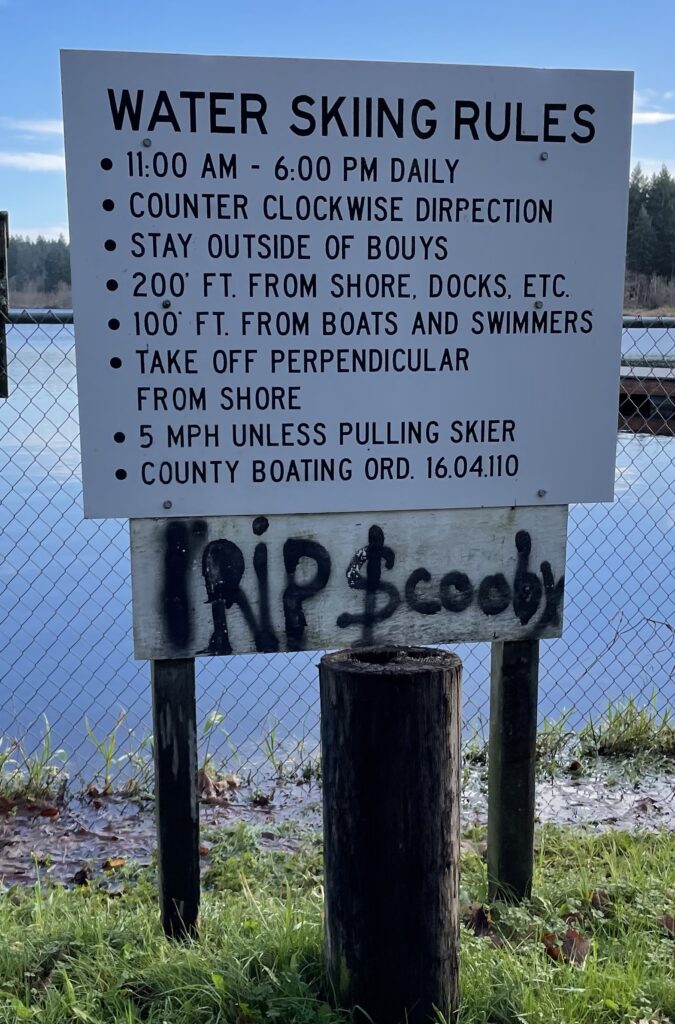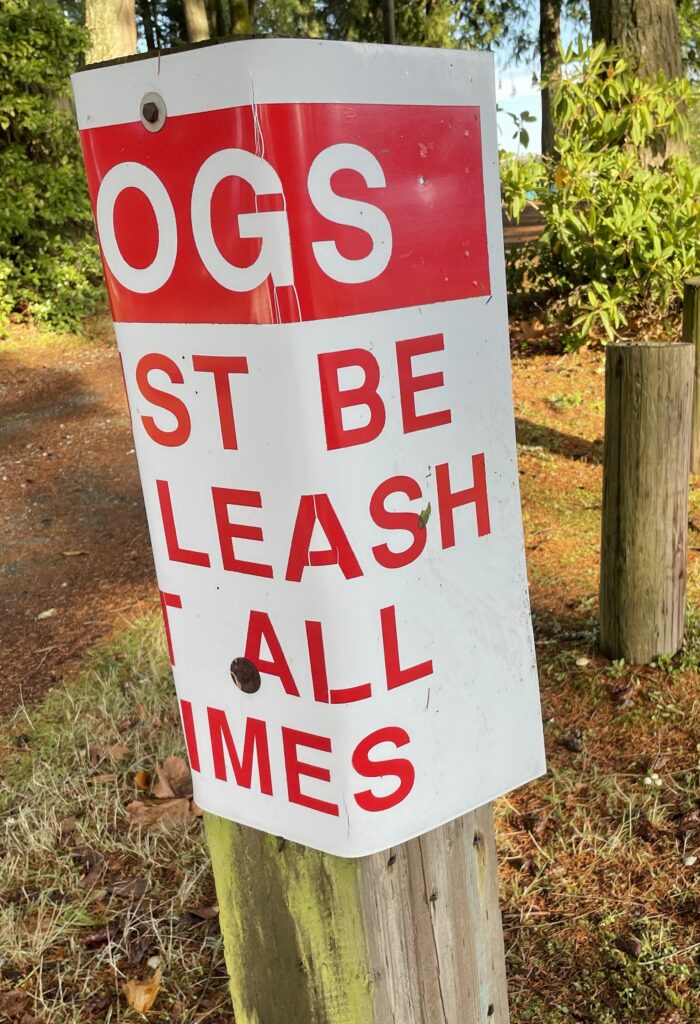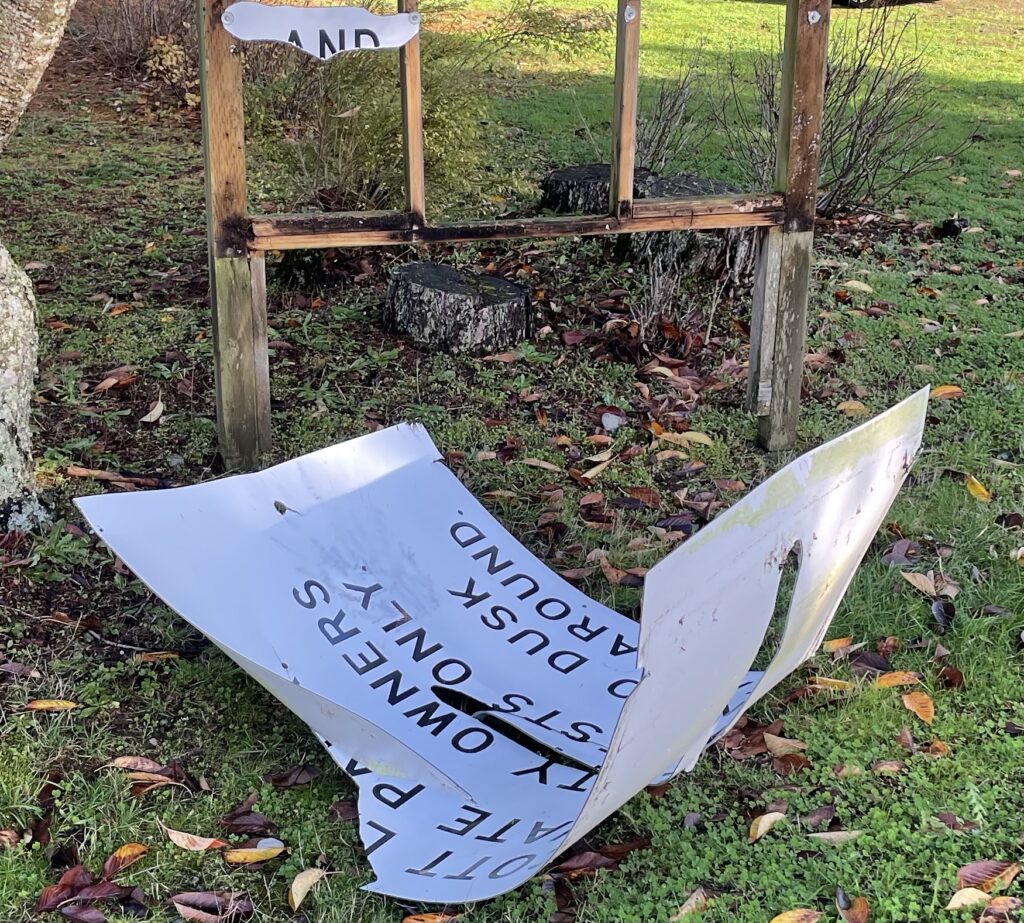Due to space limitations of the community center, homeowners can register to attend the Special Meeting of the Membership on December 11, 2021, at 10:00 AM via Zoom. Below is the information and link to register in advance to attend via Zoom.
When: December 11, 2021, 10:00 AM Pacific Time (US and Canada)
Register for this meeting no later than 4:00 pm on Thursday December 9, 2021, through the following link:
https://us02web.zoom.us/meeting/register/tZMsfumqpjwuH9Q5tDpTVrzbfkIwuxKGuoJx
After registering, you will receive a confirmation email containing information about joining the meeting.
Homeowners who register to participate in the meeting via Zoom will need to pick up their ballots from the Scott Lake office prior to the meeting. Ballots will be available for pick up at the office by appointment only. All visitors to the Scott Lake office must wear a mask. Ballots must include the homeowner’s name, address, and signature and be deposited in the drop box at the Scott Lake office prior to 9:30 am on December 11, 2021, to be valid and counted.
Only those homeowners participating in the Special Meeting via Zoom will be able to obtain their ballots in advance. All other homeowners and their proxies will receive ballots at the in person meeting at the Community Center at 10:00 AM on December 11, 2021.
Please direct your questions to office@scottlake.net or 360-352-4787. Thank you.

